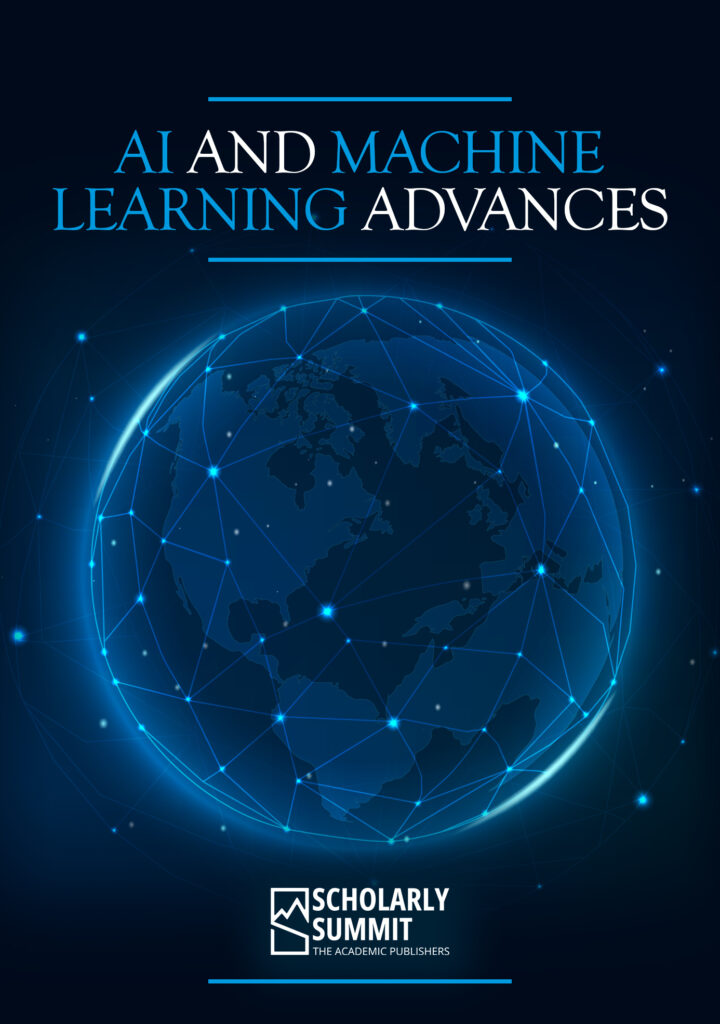Machine learning is one of the most exciting emerging technologies today. It offers the ability to solve problems, learn from data, and adapt over time. With advancements in research, machine learning is now transforming industries and creating real-world applications that benefit everyday life.
What is Machine Learning?
Machine learning is a branch of AI that allows an IT system to become operational and support decisions through training without the application of a human factor. Unlike writing programs that depend on correct sequences of action to yield specific results, machine learning is based on algorithms and statistical models to find the correctness.
This technology has advanced rapidly due to three primary factors:
High-Performance Computing: Present-day computers are more able than ever to handle big data and feed tremendous algorithmic processing.
Big Data: These opportunities stem from the field’s ability to generate such large amounts of data to feed into systems.
Efficient Algorithms: Advanced algorithms on the machines can analyze the information and make better predictions.
Such development has led to many applications, most of which have enhanced daily life experiences.
Real-Life Applications of Machine Learning Healthcare
Machine learning is significantly impacting the healthcare sector, offering solutions to age-old challenges:
Early Disease Detection: Artificial neural networks can be used to diagnose or predict diseases from X-rays, MRI scans, or CT scans at an earlier and more accurate stage than normal.
Personalized Medicine: Healthcare predictive models examine patient data to suggest what action should be taken to achieve improved results.
Drug Discovery: Today, scientists employ machine learning to estimate the effectiveness of potential drug compounds and reduce the development time.
Machine learning may not only prolong lives but also improve the delivery and availability of care.
Autonomous Vehicles
Self-driving cars also qualify as innovations built using machine learning, though they are not so novel today. These utilize information from sensors, cameras, and GPS inputs to learn their environment and make functional decisions on the road. Studying in this context also aids in enhancing traffic systems in smart cities.
Personalized Recommendations
Probably the most well-known uses of machine learning are in personalization. Netflix, Amazon, and Spotify are some of the Companies that apply artificial intelligence to recommend products and Songs.
E-Commerce: To assist in the purchase process, targeted products are recommended depending on the sites visited and purchases made.
Streaming Services: The discovery of music, movies, TV shows, news, comedies, addictions, sports events, and tailored recommendations helps ensure that trial time is worthwhile for users.
This application shows how machine learning improves users’ experiences in several sectors, including shopping and leisure.
Fraud Detection
- Financial systems have greatly benefited from machine learning, particularly in fraud detection.
Spotting Anomalies: Transaction processing enables the extraction of patterns of transactions usually associated with fraud to single out anomalous activities. - Cybersecurity: Artificial intelligence prevents threats, recognizes them, and shields data from malicious attacks.
Environmental Solutions
Machine learning offers solutions to problems affecting the ecosystem and fighting climate change.
Natural Disaster Prediction: Regarding crises associated with nature-related occurrences such as floods, hurricanes, and droughts, ML models make it easy to forecast the events.
Monitoring Ecosystems: Satellite images are used to evaluate deforestation, melting glaciers, and shifts in ecosystem species.
Renewable Energy Optimisation: Machine learning helps wind and solar farm turbines run more efficiently, thus making renewable energy even better.
The Role of Research in Machine Learning
Research drives the development of machine learning. Breakthroughs in areas like neural networks and natural language processing have led to technologies like:
Generative AI: These models can create realistic images, videos, and text, opening new possibilities in creative industries.
AlphaFold: This revolutionary tool predicts protein structures with unprecedented accuracy, advancing research in biology and medicine.
These advances are only possible with extensive research and testing.
What’s Next for Machine Learning?
The future of machine learning is promising, with potential applications extending into areas we’re only beginning to explore:
Disaster Response: Machine learning will lower unknown natural disaster and lodging risks so that recovery can advance more rapidly.
Education: Other flexibility improvement promises will include delivering adaptive educational content to each learner for better learning.
Robotics: Machine learning and robotics studies will result in advanced robotic solutions for manufacturing and healthcare lines.
Space Exploration: Machine learning will help analyze astronomical data, recognize new objects, and plan space missions.
With the advancement in machine learning systems and its integration with other visionary technologies such as quantum computing and space computing blockchain, the horizon of machine learning will extend much further than ever imagined.
Conclusion
The power of machine learning is no longer a secret to scientists; it’s now a part of our everyday lives. The uses are essential, Whether through accurate suggestions, safe roads, or environmentalism.
As research advances, machine learning’s possibilities will only grow. This technology will remain a driving force in solving global problems and shaping a better future by addressing challenges and embracing its potential.
Machine learning is truly a testament to the power of innovation. It shows how far emerging technologies can take us when combined with creativity, determination, and a focus on real-world solutions.

